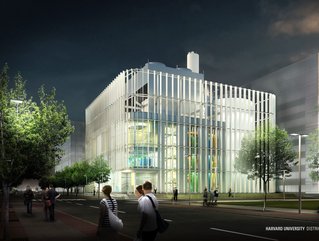Harvard University’s 58,000sqft Energy Facility is under construction

Construction has begun on the Allston Campus District Energy Facility (DEF), located at Harvard University.
The 58,000sqft facility has been designed by Boston-based architect, Leers Weinzapfel Associates.
The project is considered to be a ‘cogeneration plant’ – a new, efficient infrastructure typology that will provide hot and cold water, as well as energy, to the campus.
The new facility will be located on one of Harvard’s most prominent sites, the Allston campus
SEE ALSO:
-
enModus aids Virgin Media to reduce energy consumption in facilities
-
U.S International Energy Agency predicts 48% growth in world energy consumption by 2040
RMF Engineering are responsible for developing the buildings efficient and resilient systems – which are also adaptable for any future needs on the campus, encouraging sustainability.
The building will continue to work in the event of electrical grid failure through its independent operations, whilst the site can use thermal energy through the chilled water tank.
“The realization of the new District Energy Facility will enhance reliability and resiliency and maximize the use of academic space,” commented Principal Jane Weinzapfel, Fellow of the American Institute of Architects (FAIA).
“It will actively support the academic growth of Harvard’s expanding Allston campus,” she added.
Rendering: Leers Weinzapfel Associates.






